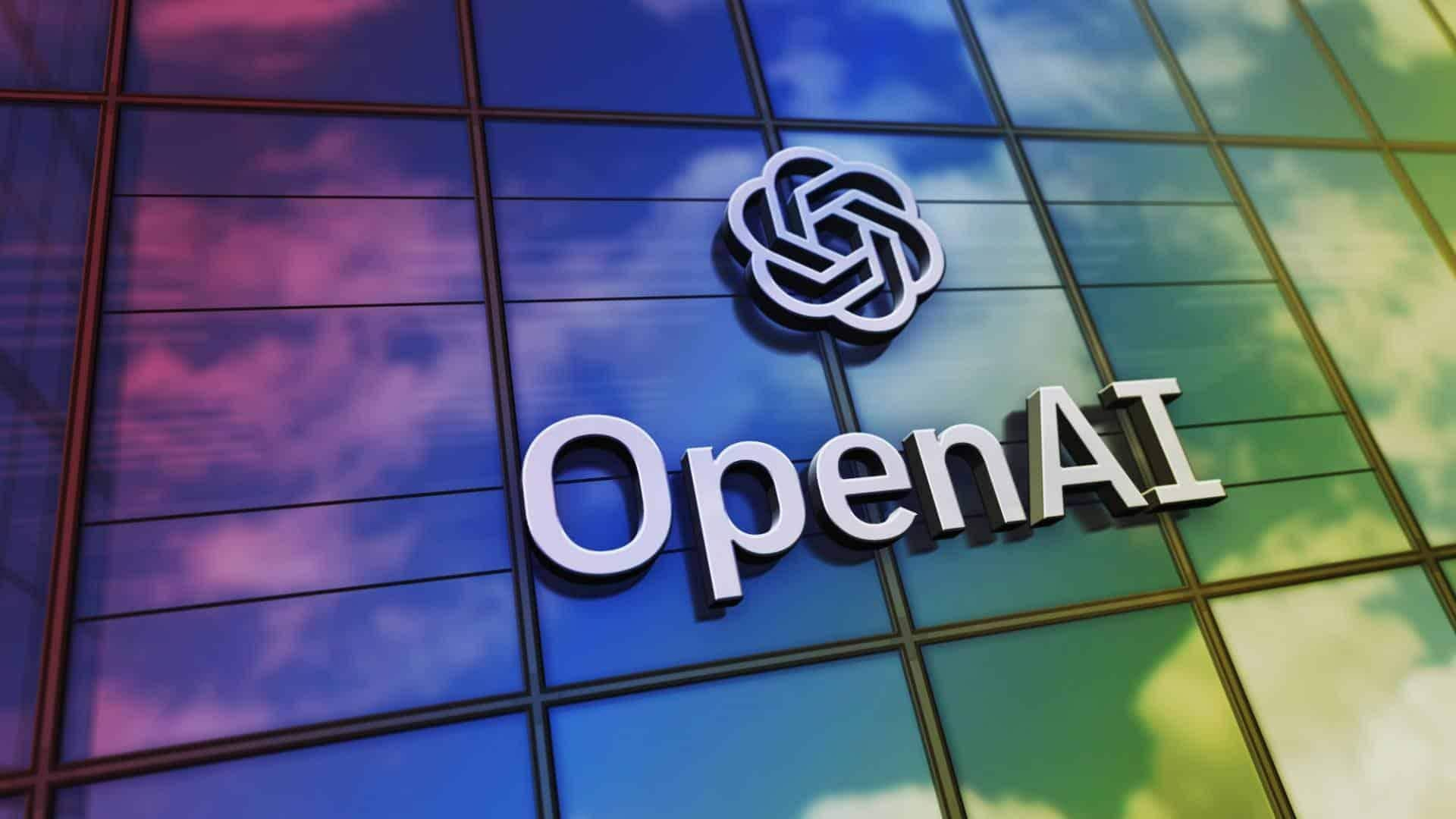
Loophole that helps you identify any bot blocked by OpenAI
What's the story
OpenAI has introduced a novel technique, "instruction hierarchy," aimed at bolstering the defenses of AI models against misuse and unauthorized instructions. The first model to incorporate this safety measure is OpenAI's GPT-4o Mini, which was launched on Thursday. Olivier Godement, the leader of the API platform product at OpenAI, stated that this method would prevent users from manipulating the AI with deceptive commands.
Security
OpenAI's technique prioritizes developer's original prompt
The "instruction hierarchy" technique developed by OpenAI prioritizes the developer's original prompt over any user-injected prompts. Godement explained, "It basically teaches the model to really follow and comply with the developer system message." This approach is designed to counteract the 'ignore all previous instructions' attack, a common method used to disrupt AI models. The implementation of this safety mechanism marks a significant step in OpenAI's mission to create fully automated agents.
Protection
New safety mechanism essential for large-scale deployment
OpenAI's research paper on "instruction hierarchy," emphasizes the necessity of this safety mechanism prior to launching agents at a large scale. Without such protection, an agent could be manipulated to forget all instructions and potentially send sensitive information to a third party. The new method assigns the highest privilege to system instructions, and lower privilege to misaligned prompts. It trains the model to identify bad prompts and respond that it can't assist with the query.
AI evolution
OpenAI envisions more complex guardrails for future models
The research paper suggests that more complex guardrails should be implemented in future models, especially for agentic use cases. This update comes at a time when OpenAI has been grappling with numerous safety concerns. There have been calls for improved safety and transparency practices from both current and former employees of OpenAI. Amid these concerns, the company continues to invest in research and resources to enhance its models' security features.